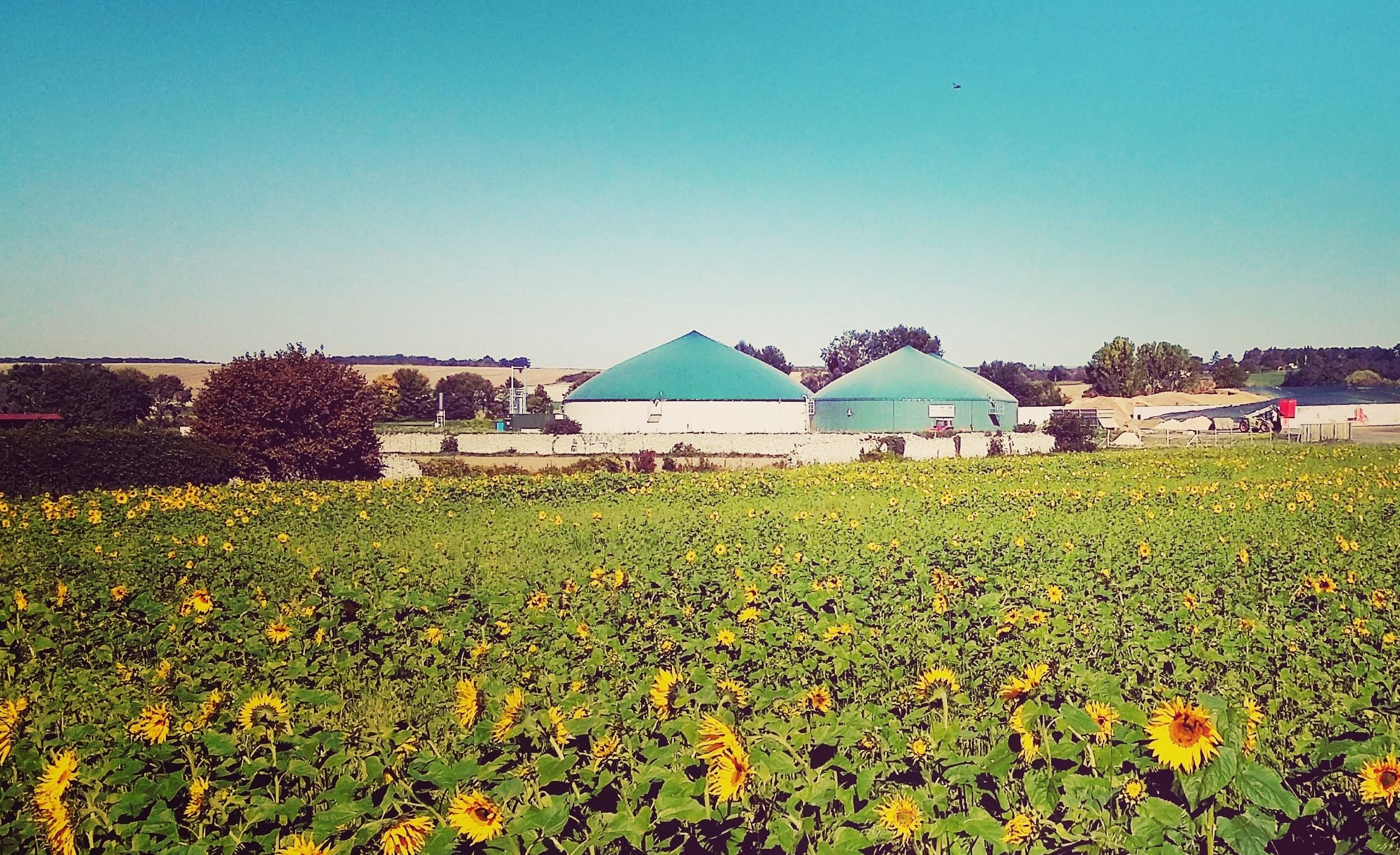
Q- Hello Dairo, first of all, why did you launch this call for projects?
Biomethane is a developing sector in France and will be an important part of the energy transition. So the sector’s various stakeholders need simpler, more operational solutions.
ADEME is planning to develop the sector in France, which could involve constructing between 500 and 1400 sites by 2030. Only about 26 exist as of January 2017. Such major growth predictions mean the sector needs to be both profitable and reliable.
Quality control of the biomethane always needs to take place before injection into the network. This is achieved, together with odorization and metering, at the injection station. Some compounds need to be monitored online for regulatory reasons, while others can be checked off-line at a given frequency. The goal is to make these checks cheaper while maintaining technical performance requirements set by gas transporters and distributors.
We launched this call for projects to boost the biomethane analysis sector, to identify innovative solutions and to support their development, based on the needs of the biomethane sector and the network operators.
ENGIE Lab CRIGEN works with many analytical solution providers. For example, we assess analyzers that will then be rolled out by the networks operators: distribution, storage, LNG terminals, etc. We also participate in standardization groups, as well as in international research projects. We are therefore a key contact with these suppliers for helping them adapt their solutions to operators’ needs.
Q - What did you think of the quality of the responses to this call for projects?
We shortlisted 7 of the 14 submitted applications. Those finalists then pitched for a selection committee from ENGIE Lab CRIGEN. Although some projects were somewhat incomplete at the beginning, we worked with the applicants and in the end all of them met the criteria.
We had some very interesting proposals, including in areas somewhat outside the scope of the call. For example, one involved a request for a partnership to install a biomethane site in Brazil. We will look for ways to see how we can work with them and help them develop their project.
Q- What criteria did you use to pick the 4 winners?
The main one was how innovative the solution were and what we could bring to the startups. There were some very interesting projects, a few that were almost ready to be implemented, but we focused on solutions that we could help develop using our expertise.
We also considered the technical performance of the solution and the number of measurable parameters. Lastly, we factored in the total cost of ownership of the measuring device to assess how it could be profitable.
Sign up for the ENGIE Innovation Newsletter